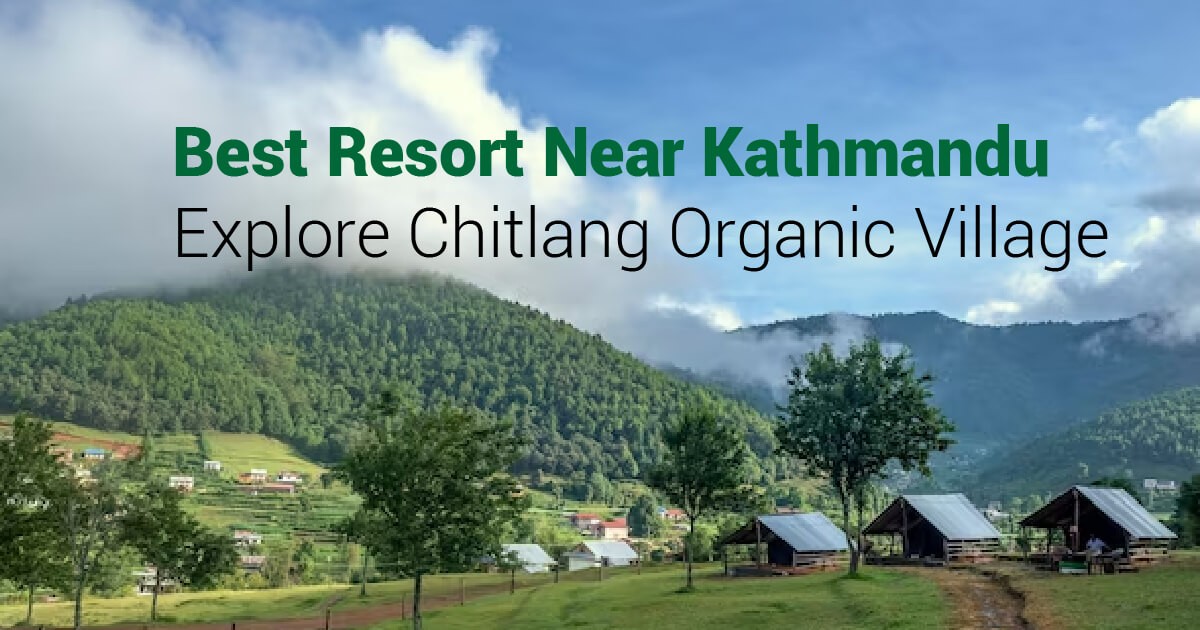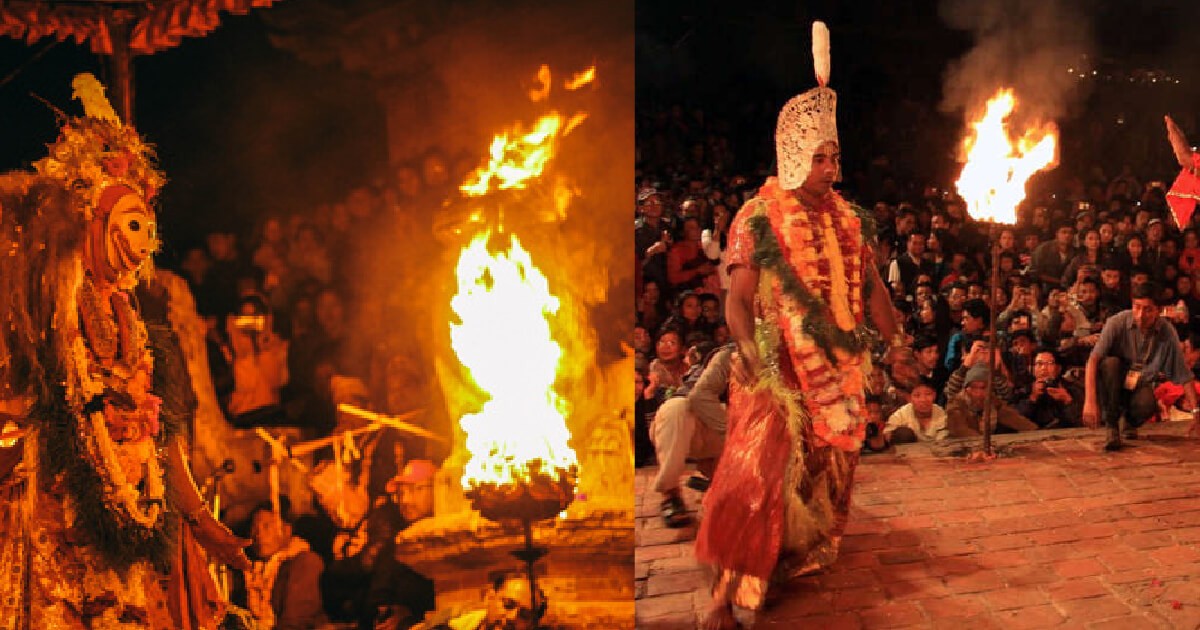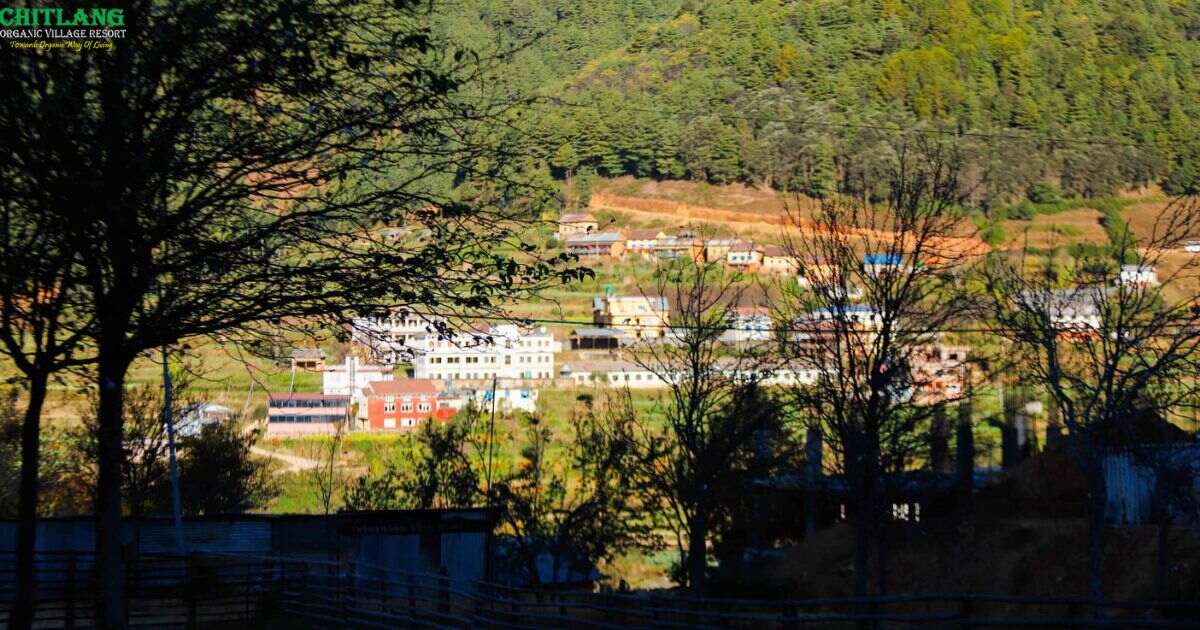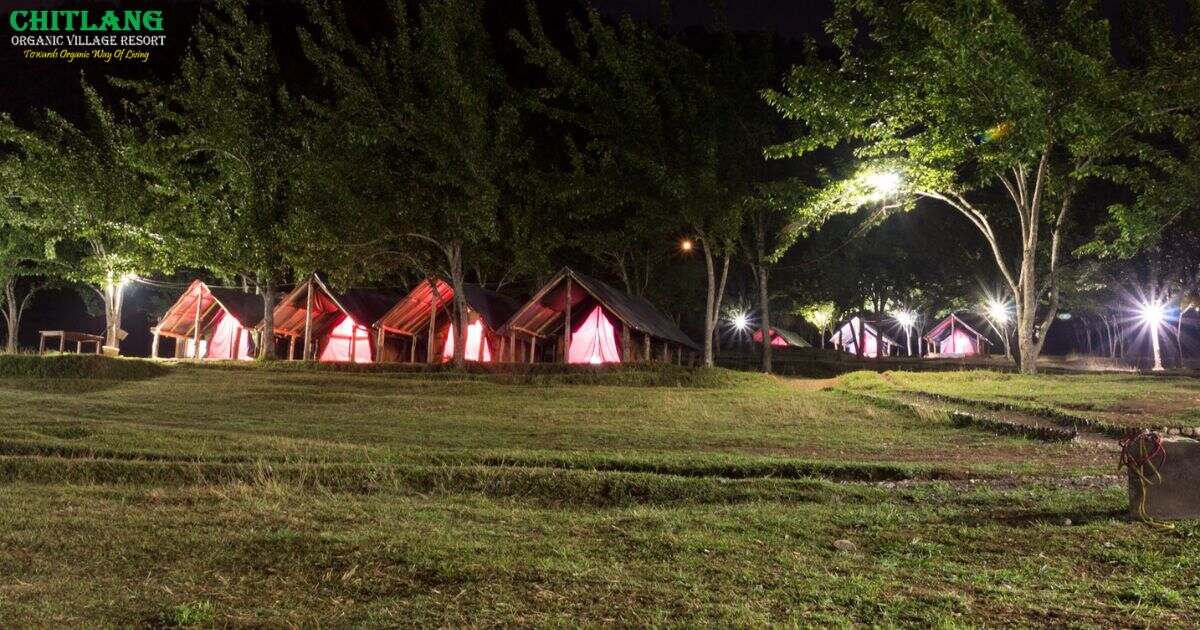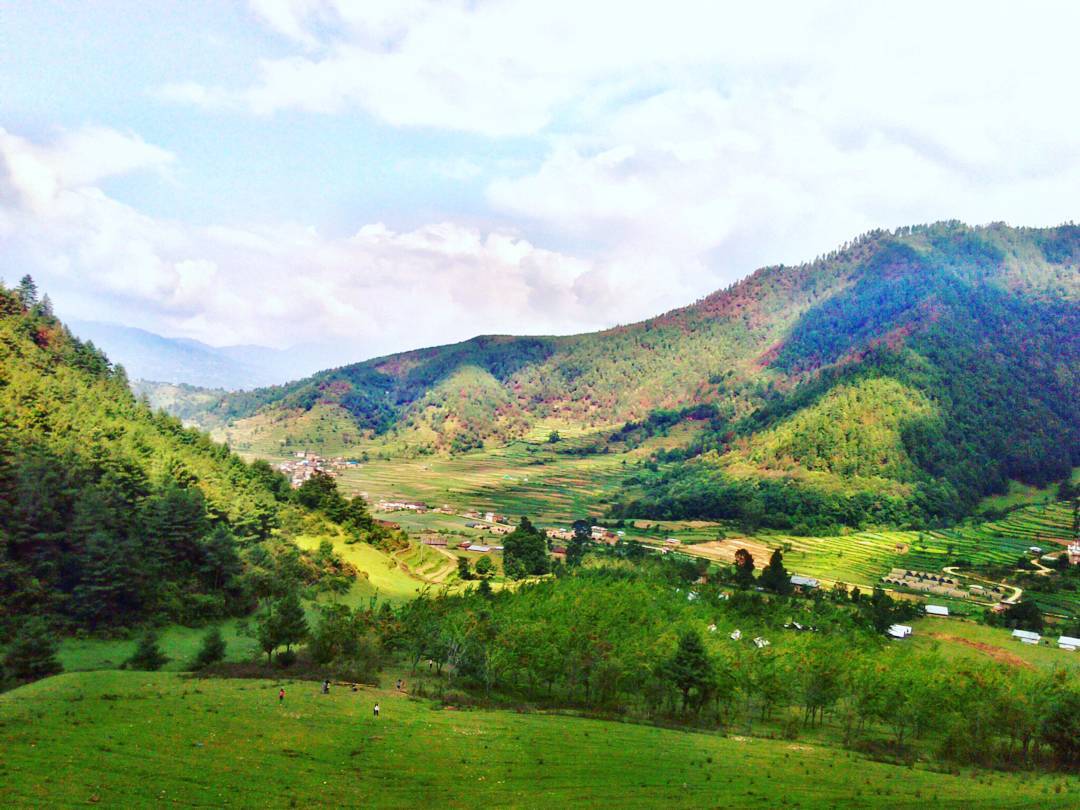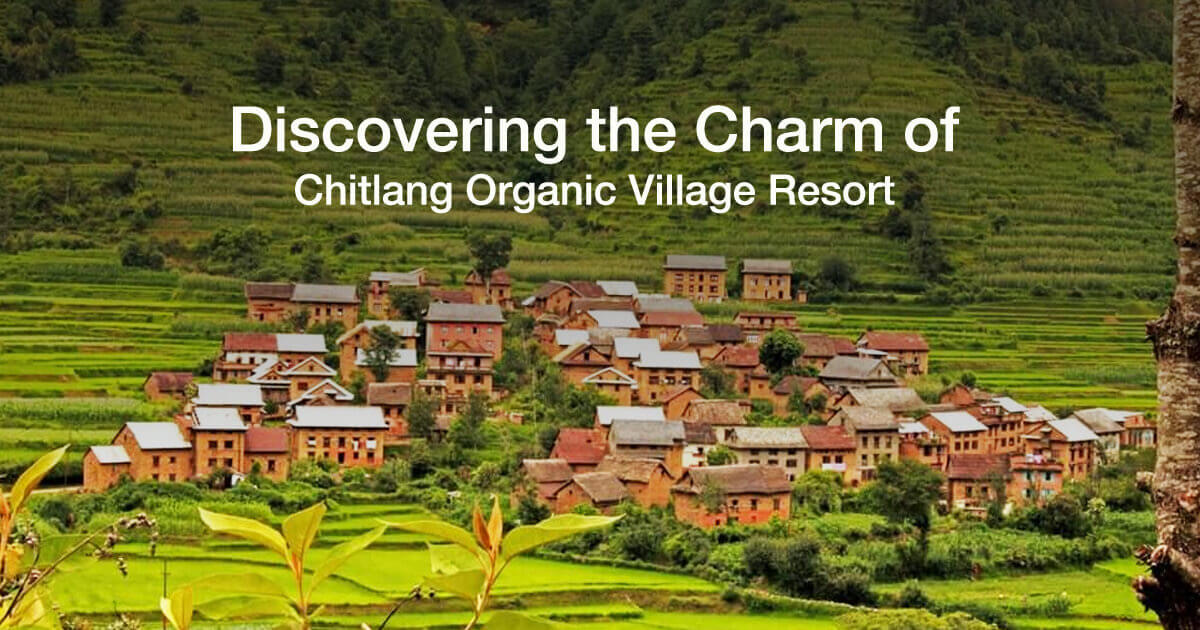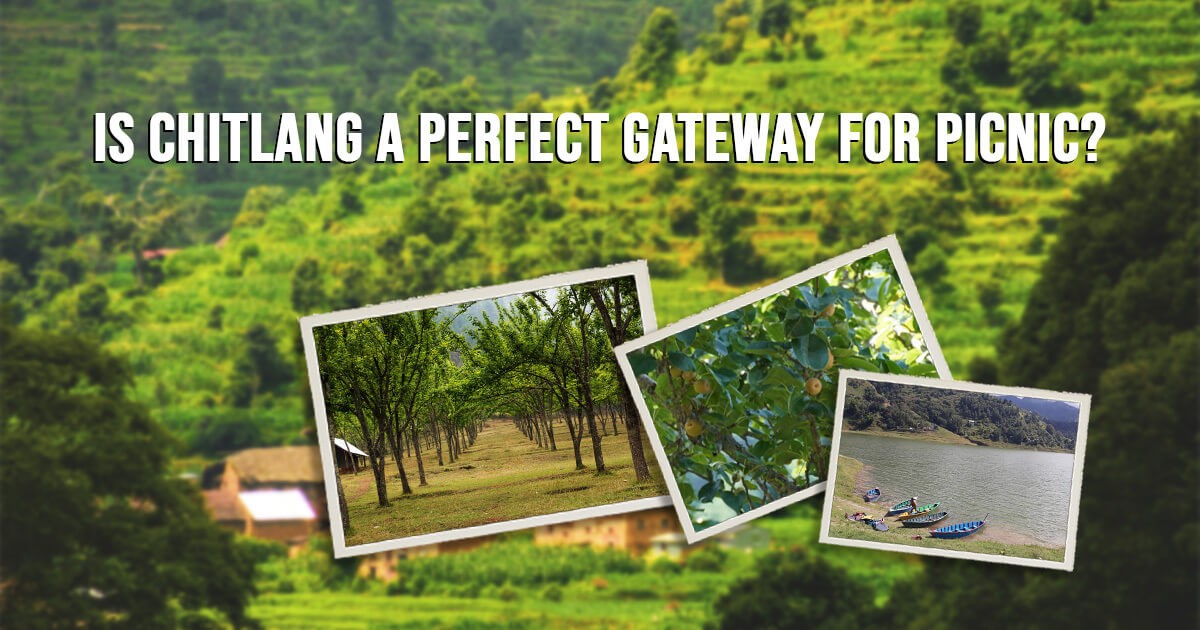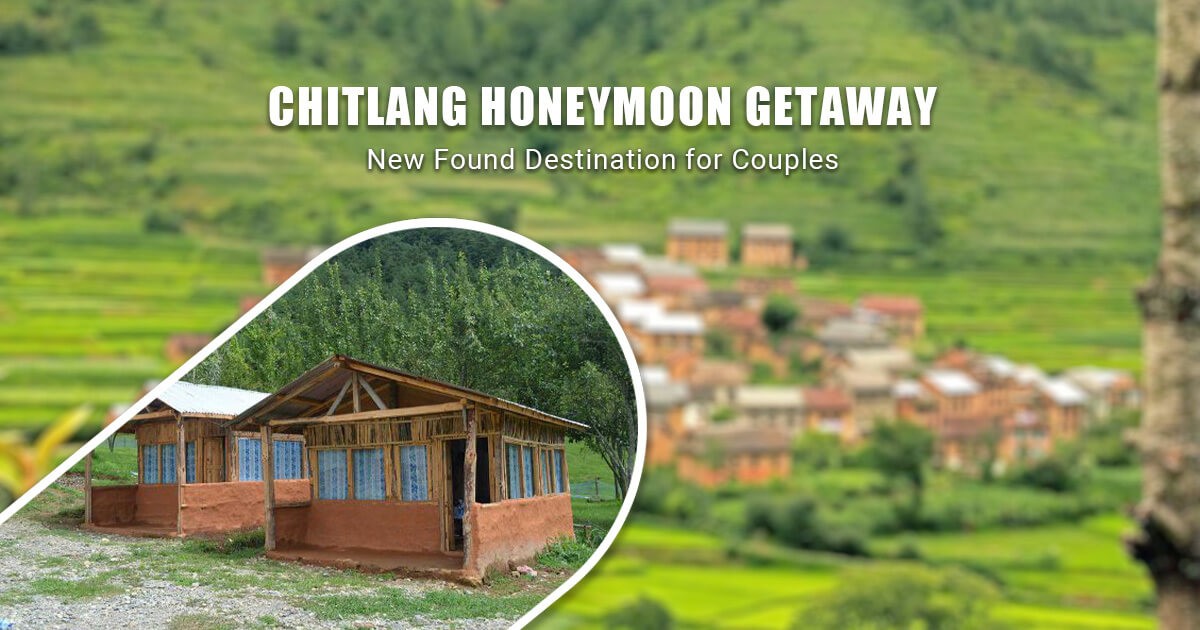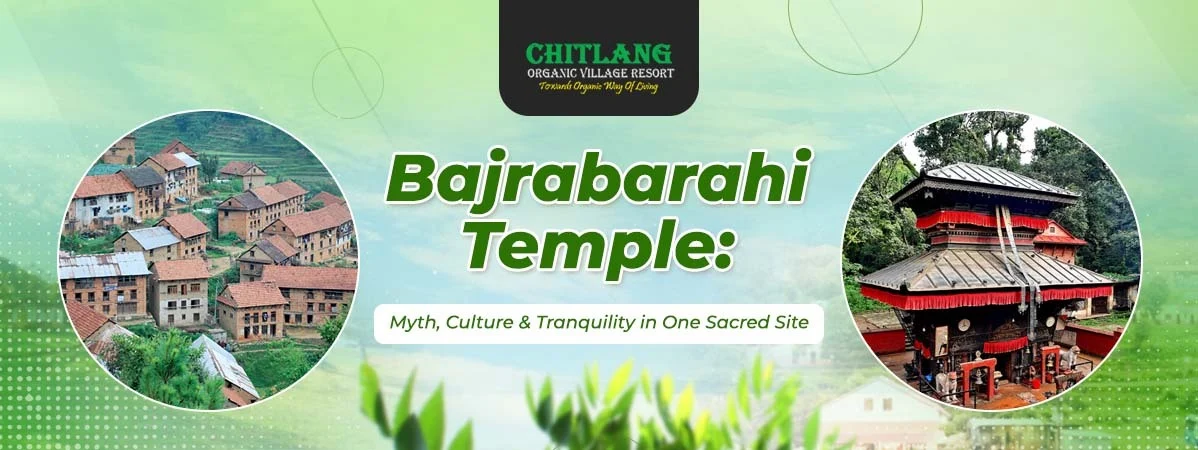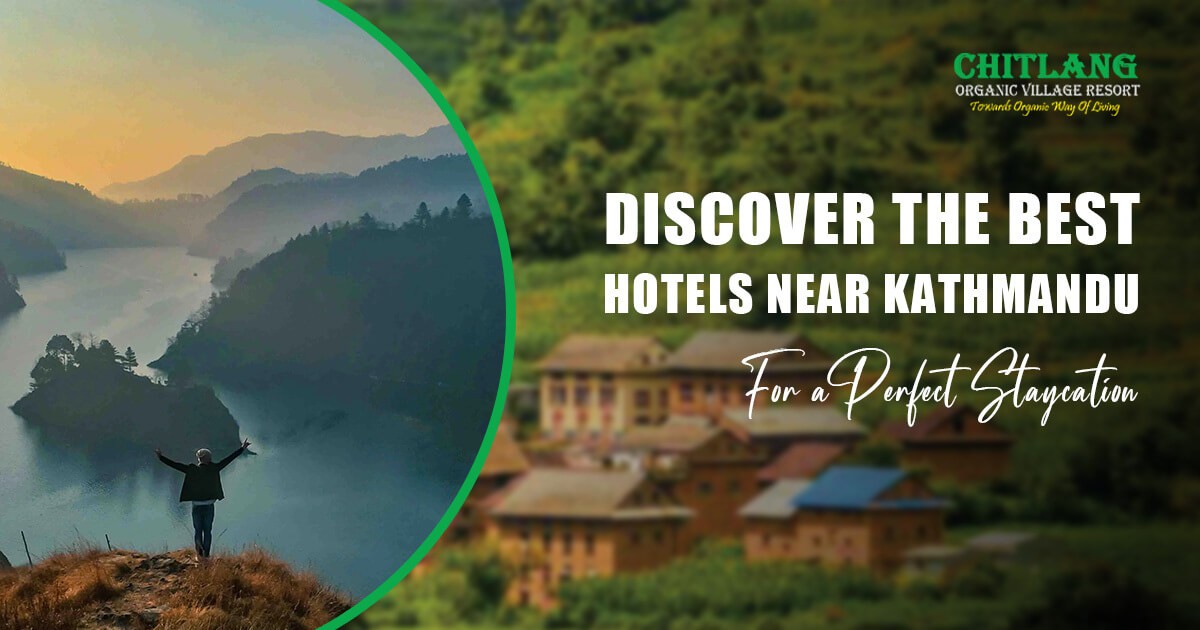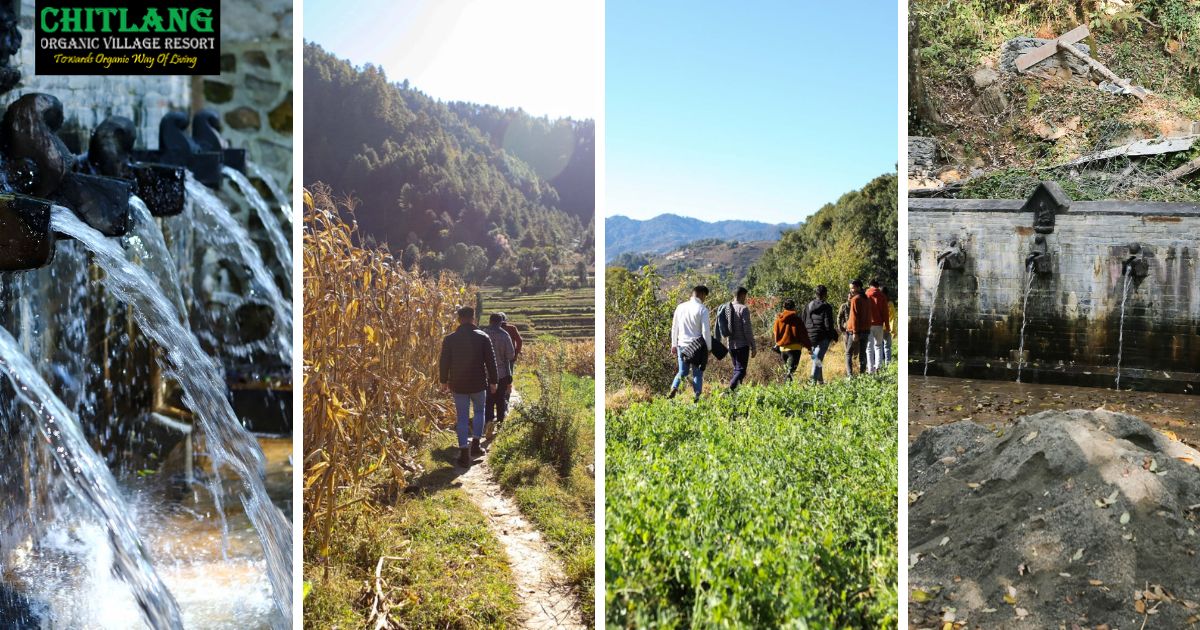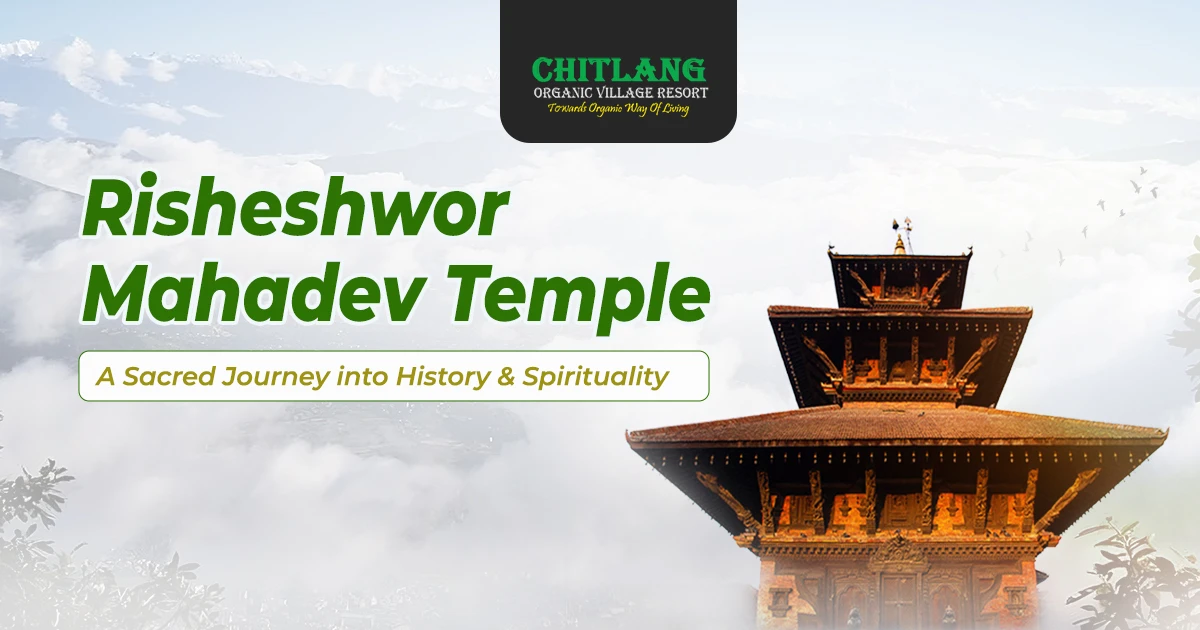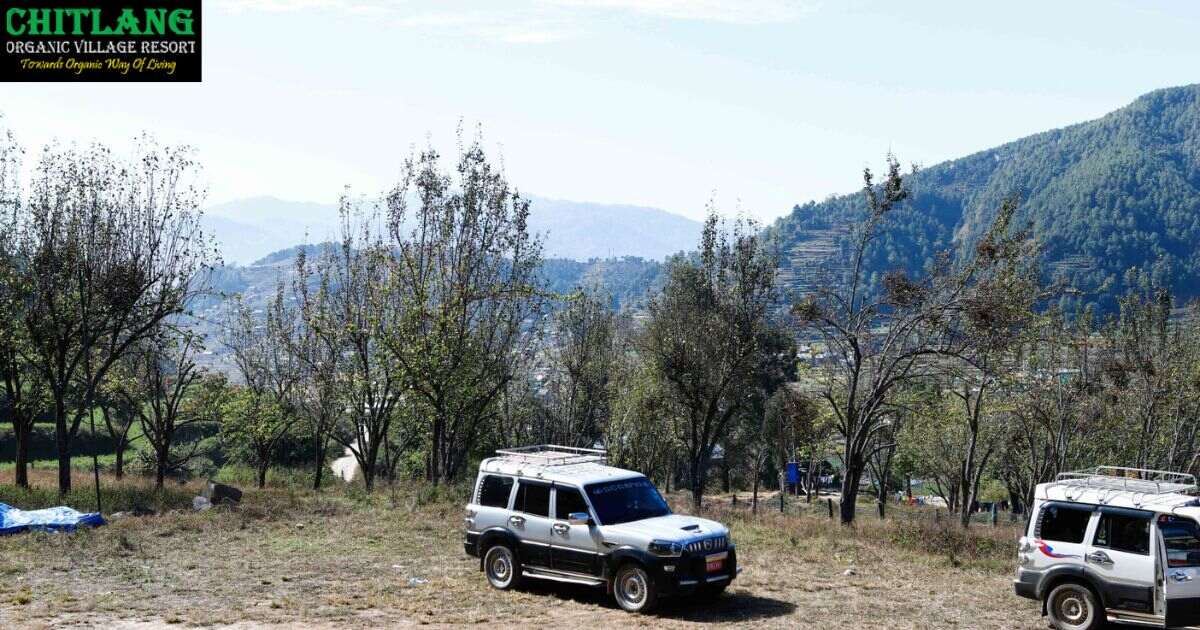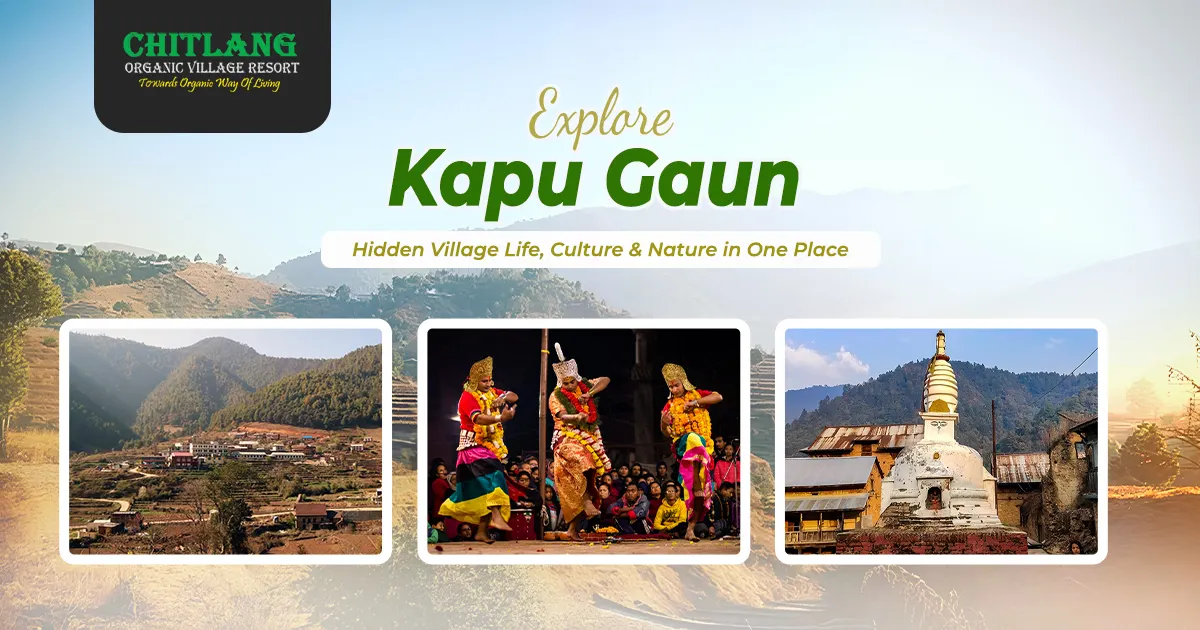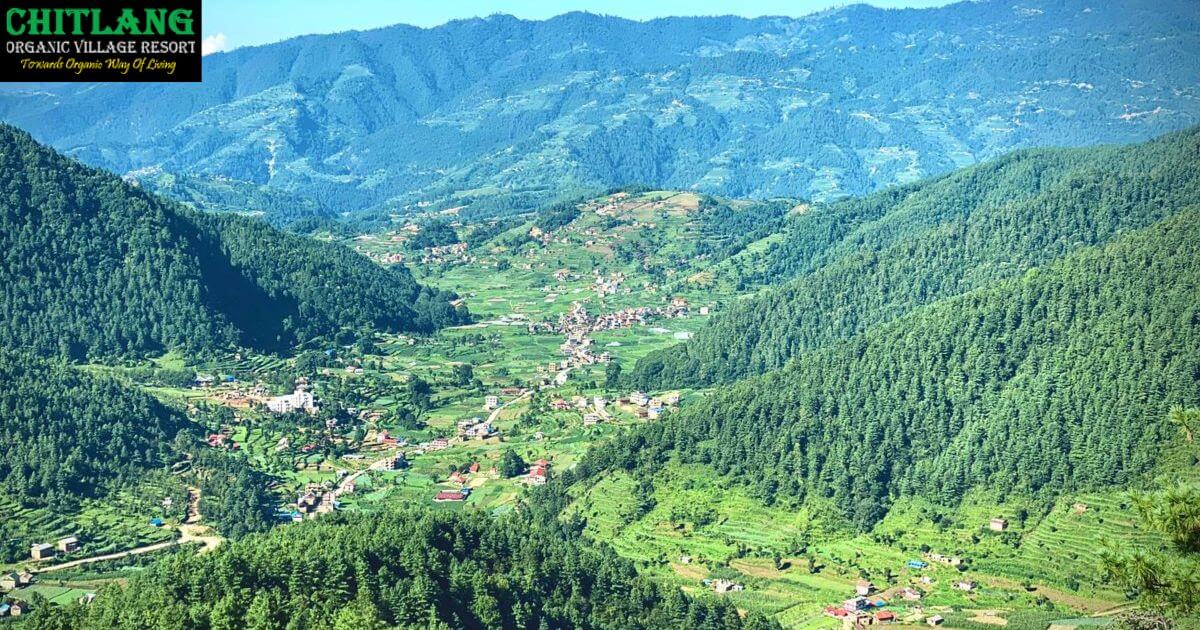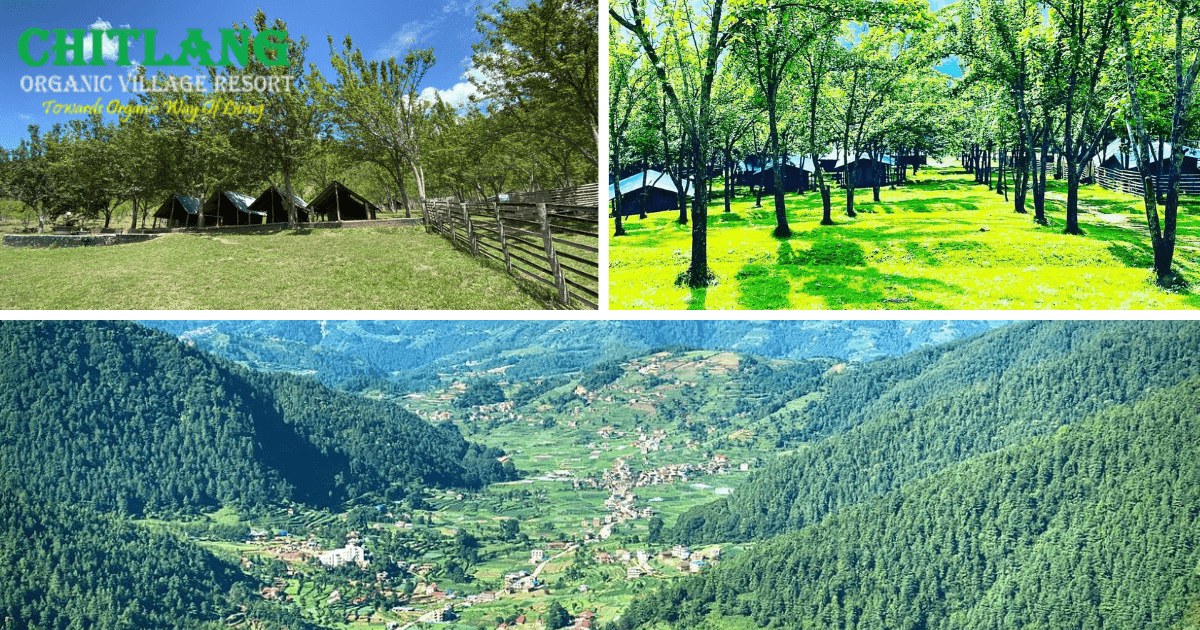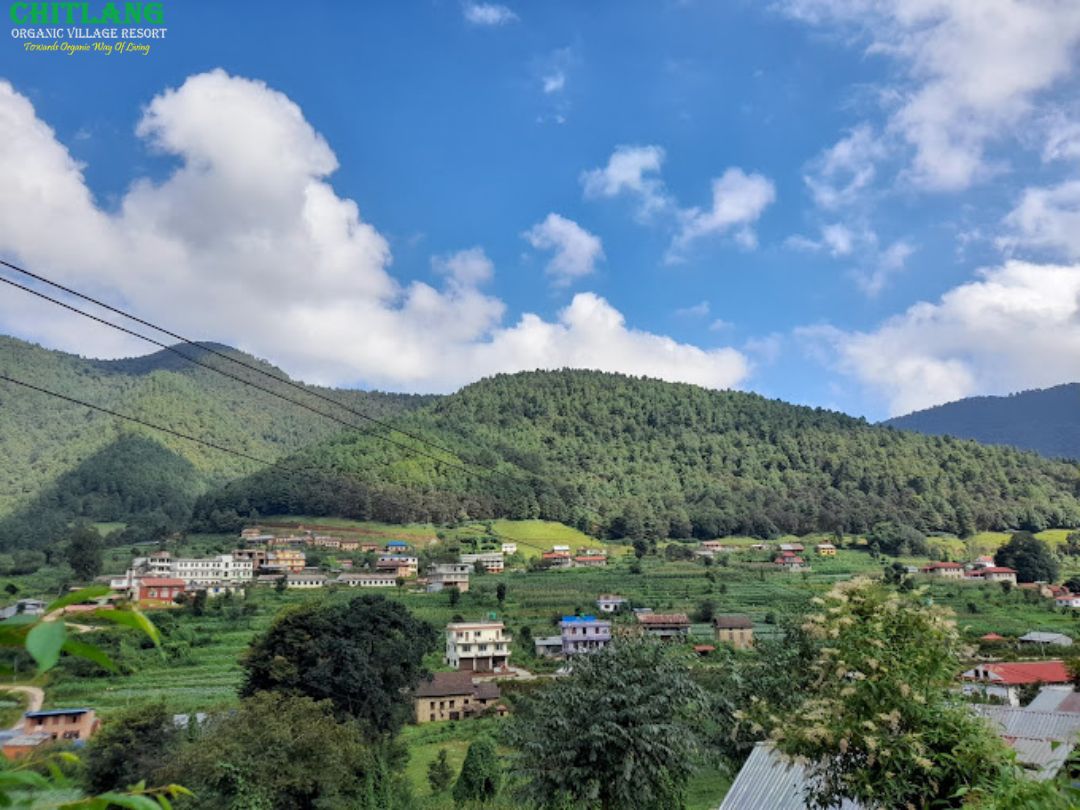Nestled in the Makawanpur District of Nepal, just southwest of bustling Kathmandu, Chitlang is a resident’s best-kept secret that invites the traveller to take a step back into the past and indulge in the history of Chitlang- a journey through Nepal’s glorious heritage. From ancient dynasties’ temples to dense biodiversity and successful organic farms, Chitlang has an ideal blend of culture, nature, and heritage. Heritage buff, nature lover, or simply an average vacationer seeking a tranquil break from the city – the picturesque valley has something for all, guaranteeing an experience of a lifetime.
Let us discover why Chitlang is unique, revealing its rich past, its history, and the vibrant life that still exists here today.
Why Chitlang Stands Out?
- Ancient Newari settlements with deep historical roots
- Unique blend of history, agriculture, and biodiversity
- Closer to Kathmandu, yet worlds apart in Ambience and place
Historical Significance of Chitlang
Chitlang’s history is as diverse as its landscape. Here’s a closer look at the key milestones that have shaped this valley:
Settlements Dating Back to 300 BC
Difficult to believe, but archeological finds and local legend suggest Chitlang has been inhabited since at least 300 BC, which makes it one of the oldest inhabited settlements in the region. Even the origins of the title “Chitlang” are derived from the word Newari “Chit” meaning (consciousness or mind), and “Langka”, meaning (beautiful place or garden).
The Gopal Dynasty
Chitlang is linked to the Gopal Dynasty, which has been traditionally understood to be the first dynasty of the rulers of Nepal. Chitlang was controlled by the Gopal Dynasty, who were described to be the first recorded rulers of Nepal, according to local history and study. It has been said that the ancestors of this very ancient dynasty may have let cattle graze over these very hills and laid the groundwork for the upcoming kingdoms.
Inscriptions From The Lichchhavi Era
Chitlang has scattered around it the Lichchhavi-era stone inscriptions of one of Nepal’s best dynasties (c. 400–750 AD). Lichchhavis were renowned for guiding Nepal towards a golden period of art, culture, and governance. The fact that their inscriptions exist in Chitlang testifies to its importance even at this time in medieval times.
These kinds of inscriptions, most typically placed on stone pillars (stambhas) or plaques, typically bear the decrees of the royalty, the grant of land, or the religious endowment. The deciphering of them provides valuable information on the then-contemporary socio-political and religious landscape. To possess types of Lichchhavi inscriptions of this nature reinforces the role of Chitlang not only as a human settlement but one familiar to and ruled over by one of Nepal’s best ancient dynasties.
Insights Into Newari History
Chitlang remains a predominantly Newari settlement, and both its monuments and temples reflect the richness of Newari art, religion, and architecture. The pagoda temples, the woodwork, and the stone carvings bring to mind the Valley’s famed art, but tempered by the simplicity characteristic of them. Temples in Chitlang can be found with multi-story pagoda construction, exquisitely carved wooden struts (tundals) and doors, and the carvings on the stones, the hallmark of the Newari craftsman.
Ancient Trade Routes (Tibet-India)
Before the modern highways carved through the mountains, Chitlang was an important stop on the ancient trade path between Tibet and India. It wasn’t the footpath; it was a portal to trade, to culture and ideas. Merchants from the north would bring their salt, wool and herbs to trade to the south for their textiles, spices and grain. Merchants, pilgrims and travellers would pass through and leave a legacy of cultural interchange and influence. You can see it today in the diversity of the population and the traditions of Chitlang.
Goat Cheese Factory
The Chitlang Goat Cheese factory is a fascinating modern addition that has become a significant part of Chitlang’s identity and economy. It was established to create a unique local product and support local farmers, it’s Nepal’s first ever. Tourists can typically tour the factory, see how the cheese is made, and of course sample the cheese. The new venture attracts foodies and curious tourists and offers guided tours and tastings featuring the valley’s farming potential.
The significance of Chitlang historically, therefore, does not rest with a single event or monument. It rests with the confluence of the ancient settlements, the dynastic myths, the strategic trade significance, and the living cultural traditions that have shaped this Valley into the special location it now represents.
Ancient Temples and Monuments
One of the most compelling features of Chitlang is its collection of ancient temples and monuments, each a page from Nepal’s intricate history. These structures are not mere brick and mortar; they are storytellers, each narrating a chapter of Chitlang’s history over the decades.
Satdhara (Seven Water Spouts)
A site of both practical and cultural significance in Chitlang is “Satdhara,” “Seven Taps” or “Seven Water Spouts.” These types of stone water spouts are common in Newari villages, carved in an ingenious way to bring clean spring water to villages. In Chitlang, however, Satdhara is something more than a water source; it’s a social gathering place and tends to be linked to the local deities and gods. Carvings on these spouts usually reflect the artisanal skill of the period during which they were carved, making them a link to the Lichchhavi or Malla eras.
Imagine villagers over the last few centuries gathering at this site, trading information, and holding morning prayers – it’s a direct link to Chitlang’s daily life.
Emperor Ashoka’s Chaitya
The most impressive of all the monuments is the Ashoka Chaitya, belonging to the great emperor Ashoka, the man who initiated the spread of Buddhism all over Asia. This ancient stupa stands as proof of the place of Chitlang on the Buddhist pilgrimage circuits and of its uninterrupted spiritual legacy. Pilgrimage to this Chaitya gives a feeling of close association with the early spread of Buddhism in the Himalayas.
Swochhanda Bhairab Temple
The Swochhanda Bhairab Temple is another must-visit site, revered by locals and visitors alike. Bhairab is a fierce manifestation of Lord Shiva, widely worshipped in Nepal, especially within the Newari community. The Swochhanda Bhairab Temple in Chitlang is a significant local religious site. Bhairab has been a guardian god for a very long time, and his temples are nuclei of collective culture and festivity. The temple, rituals, and legends surrounding this Bhairab give deeper insights into the local Tantric rituals and the syncretic nature of Nepalese Hinduism. It is not just a holy site but the focal point for the majority of the local festivals and rituals.
Chitlang’s Agricultural Charm and Biodiversity
Beyond its historical allure, Chitlang is a haven for biodiversity and sustainable agriculture.
Over 160 Bird Species
Chitlang is a nature lover and bird watcher’s paradise. The valley and surrounding forest contain over 160 bird species. Nature’s peacefulness, rich floristic biodiversity, and relatively clean environments make bird watching a perfect experience. Biodiversity is an inherent part of nature of Chitlang that makes the latter even more inviting. As a large population of birds suggests a healthy environment, locations like Chitlang are regularly taken into consideration by BirdLife Nepal to identify crucial bird areas (IBAs) or potential IBAs.
Pear Farming
Pear farming is most popular in Chitlang. The moderate climate and rich soil of Chitlang have turned it into a pear farming district. Its orchards produce the best and sweetest pears of Nepal, which are used in everything from fresh fruit salads to homemade jam. The cultivation of pear is not so ancient in the same way that the temples are, but it is an innovation and a productive cultivation method that defines the modern identity of the village of Chitlang.
Organic Farming
The valley also follows the trend of organic farming, and the local farmers have embraced environmentally friendly farming techniques that preserve the ecosystem and promise the health of the produce. Tourists are welcome to visit these farms, educate themselves on organic farming techniques, and even participate in seasonal harvesting.
Main Attractions in Chitlang
If you plan on travelling to Chitlang, the following are the best spots and activities not to be missed:
- Historical Exploration: Walk through the historic site of Chitlang and see the ancient Ashoka Chaitya, Swachhandra Bhairab Temple, and Satdhara, and spot forgotten trade routes left over the past two centuries, echoing the rich past of Nepal.
- Cultural Immersion: Experience the warmth of true Newari hospitality through staying in community-run home stays, engaging with the locals, and observing firsthand distinctive traditions and rich cultural practices that have been handed down through generations.
- Nature and Agriculture: Explore lush pear orchards, sample fresh products at the goat cheese factory, hike through the dense forest, and bird-watch along a valley that is renowned for biodiversity and organic farming.
- Hiking and Adventure: Experience unforgettable treks from Kathmandu to Chandragiri or Pharping with routes offering stunning views, lush forests, and a refreshing getaway to the heart of Nepal’s splendour.
Final Thoughts
Chitlang is far more than a weekend getaway from Kathmandu. It’s a journey to the very origins of Nepal’s ancient past, a living testament to dynasties, trade, culture, and the unyielding strength of the human spirit. With Lichchhavi-period inscriptions and the Ashoka Chaitya, pear tree-lined farms and an entrepreneurial goat cheese plant, Chitlang offers a unique blend of history, nature, and authentic local culture.
Its rich history, combined with its stunning diversity of life and countryside appeal, makes it a compelling choice for any traveller who wants to see Nepal away from the tourist trail. The sound of the past can be heard loud and clear, on the mountain breeze blowing through the ancient temples, over the rice paddies, and on the friendly smiles of the villagers.
So the next time you plan your next adventure in Nepal, take a detour from the beaten path and into the heart of Chitlang. You won’t just be seeing a place; you’ll be experiencing a few centuries of history, and perhaps, a little about the seemingly unbreakable fabric of Nepal as well. It is a place which indeed has to be explored, admired, and preserved for generations to come.
“Plan a Escape to Chitlang—where history, nature, and organic flavors meet. Book your stay at Chitlang Organic Village Resort and experience the best of Nepal’s countryside!”
Frequently Asked Questions (FAQs)
1. What is the historical significance of Chitlang?
Ans. Chitlang is an ancient settlement of Nepal, which has monuments of historical importance like Ashoka Chaitya, Swochhanda Bhairab Temple, and stone inscriptions from the Lichchhavi period.
2. Can I stay with local families in Chitlang?
Ans. Yes, Chitlang offers Newari homestays where you can experience authentic local hospitality, food, and traditions.
3. What are the main attractions in Chitlang?
Ans. Key attractions include the Ashoka Chaitya, Swochhanda Bhairab Temple, Satdhara, pear orchards, the goat cheese factory, and birdwatching trails.







